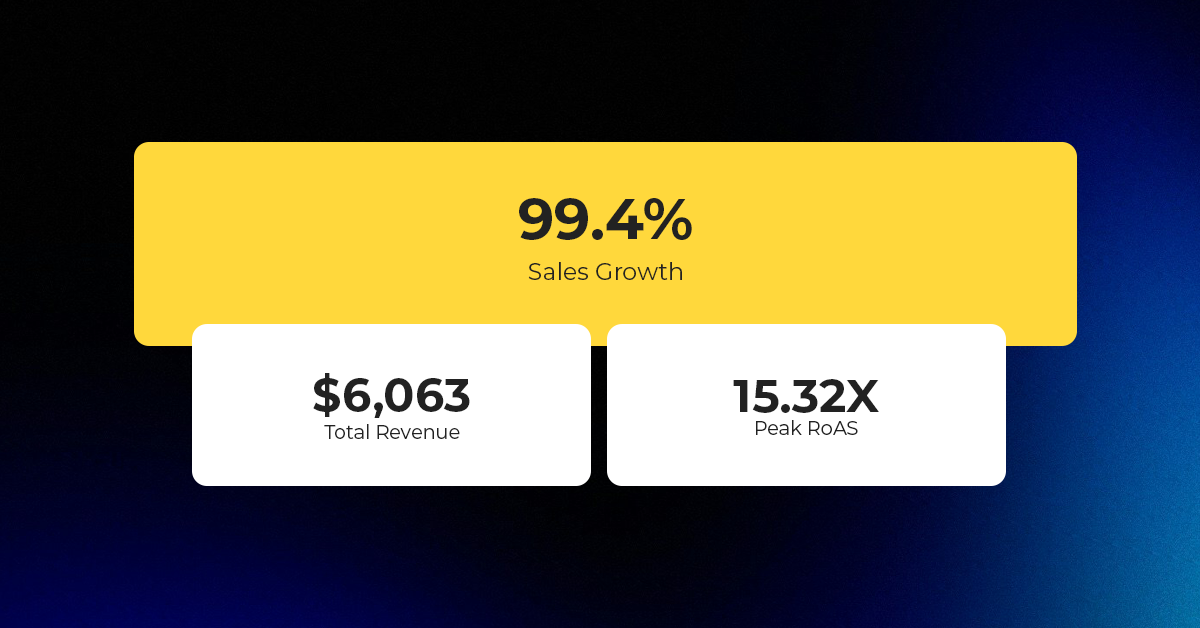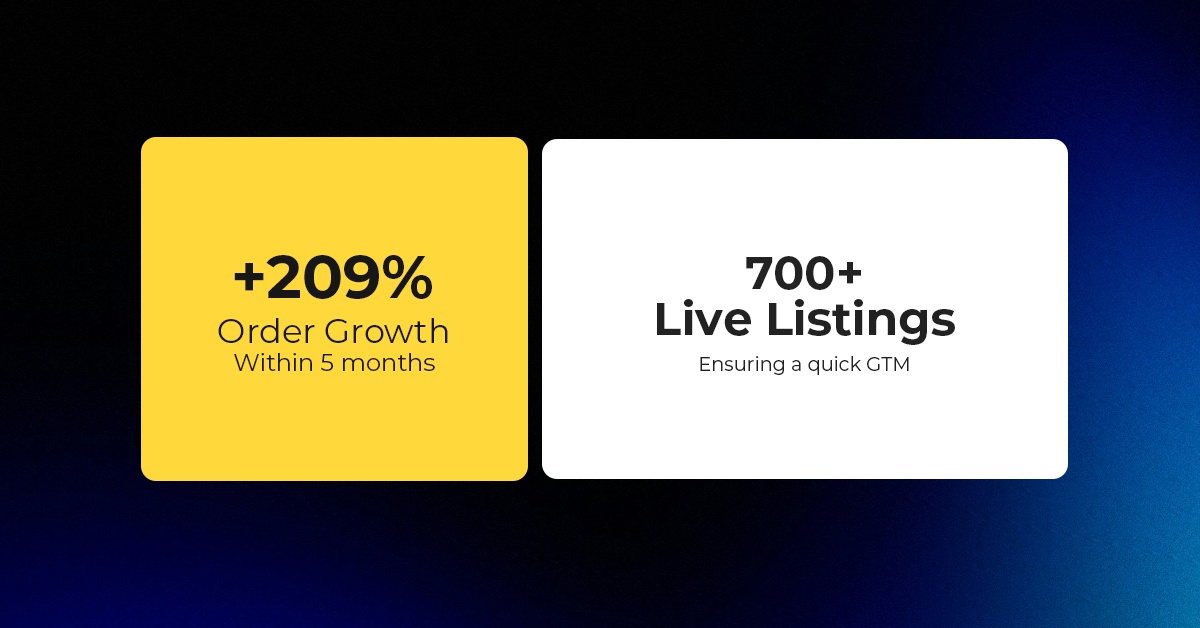Etsy Expands Payments Policy Globally; Instant Transfers Go Live for US Sellers
Reading Time: 3 minutesWhat’s changed Etsy has rolled out major updates to its Etsy Payments…
Navigating the consumer journey nowadays can feel like a puzzle, with shoppers taking unpredictable steps. However, breaking down this complexity is key to connecting with the right audience at the right time and on the right platform. Moreover, let’s explore key consumer behaviors shaping the current journey and master effective Google Shopping strategies for business success.
Aforementioned customer journey will impact the shopping experience in the following ways
As consumer preferences, expectations, and purchasing habits change, businesses must adapt their strategies to stay relevant and meet the growing needs of their target audience.
In the context of Google Shopping,
As shopping trends shift at an unprecedented pace, businesses must embrace adaptive strategies to navigate the dynamic landscape successfully.
Optimizing Google Shopping product listings is crucial for businesses looking to align with evolving trends in customer online shopping behavior. Here are some tried and tested Google Shopping strategy to enhance your Google Shopping product listings.
By implementing these tips, businesses can enhance their Google Shopping product listings to align with evolving trends and provide customers with a better online shopping experience
As consumer preferences and online shopping habits change, merchants must adapt Google Shopping to address these shifts to effectively engage customers. Moreover, Personalized experiences stand out in a crowded market, capturing the attention of consumers who are overwhelmed with choices.
Implement remarketing campaigns that focus on specific product categories. For instance, if a user has browsed women’s athletic shoes, create a remarketing ad that highlights popular or new arrivals in the women’s athletic shoe category.
Let’s look at real-world examples of businesses implementing personalized shopping experiences on Google
As a Google Shopping merchant you can implement this strategy to optimize product listings and utilize Google’s dynamic remarketing features.
In essence, the modern consumer journey has become intricate, requiring businesses, especially Google Shopping sellers, to navigate unpredictability with strategic precision. Therefore, Google Shopping sellers should optimize product listings with high-quality images, accurate titles, informative descriptions, rich product data, and competitive pricing to cater to changing preferences.
As a result, the adaptability of aforementioned Google Shopping strategies will play vital role in navigating the evolving landscape of consumer behavior.

Reading Time: 3 minutesWhat’s changed Etsy has rolled out major updates to its Etsy Payments…

Reading Time: 2 minutesWhat’s changed Walmart has introduced a new Shipping Score metric within its…

Reading Time: 3 minutesWhat’s changed Amazon has announced an additional $35 billion investment in India…

Reading Time: 4 minutesAbout the Brand: 40ParkLane LLC Studio40ParkLane is a design-led print-on-demand brand created…

Reading Time: 3 minutesAbout the Company Brand Name: David Protein Industry: Health & Nutrition (Protein…

Reading Time: 3 minutesOnline retail spending in Germany is entering a renewed growth phase after…

Reading Time: 4 minutesTikTok Shop has released a comprehensive Beauty and Personal Care Products Policy,…

Reading Time: 4 minutesTikTok Shop has formally outlined comprehensive requirements for expiration date labeling and…

Reading Time: 3 minutesTikTok Shop is raising its sales commission for merchants across five active…

Reading Time: 11 minutesBy now you have seen your BFCM 2025 numbers. The harder question…

Reading Time: 3 minutesAbout the Brand Name: Vanity Slabs Inc Industry: Trading Slabs- Vanity Slabs…

Reading Time: 2 minutesAbout the Brand Name: Ramjet.com Industry: Automotive Parts & Accessories Location: United…

Reading Time: 2 minutesAmazon is rolling out strategic referral fee reductions across five major European…

Reading Time: 4 minutesQuick Summary: Scaling Lifestyle Powersports on eBay with CedCommerce Challenge: Zero marketplace…

Reading Time: 4 minutesTikTok has surpassed 460 million users across Southeast Asia, reinforcing its position…

Reading Time: 3 minuteseBay has released its final seller news update for 2025, with a…

Reading Time: 3 minutesAmazon has clarified its stance regarding speculation around a potential breakup between…

Reading Time: 4 minutesWalmart is accelerating its push into next-generation fulfillment by expanding its drone…

Reading Time: 4 minutesFaire, the fast-growing wholesale marketplace connecting independent retailers with emerging brands, has…

Reading Time: 4 minutesB2B buying in the United States is undergoing a fundamental behavioral shift…